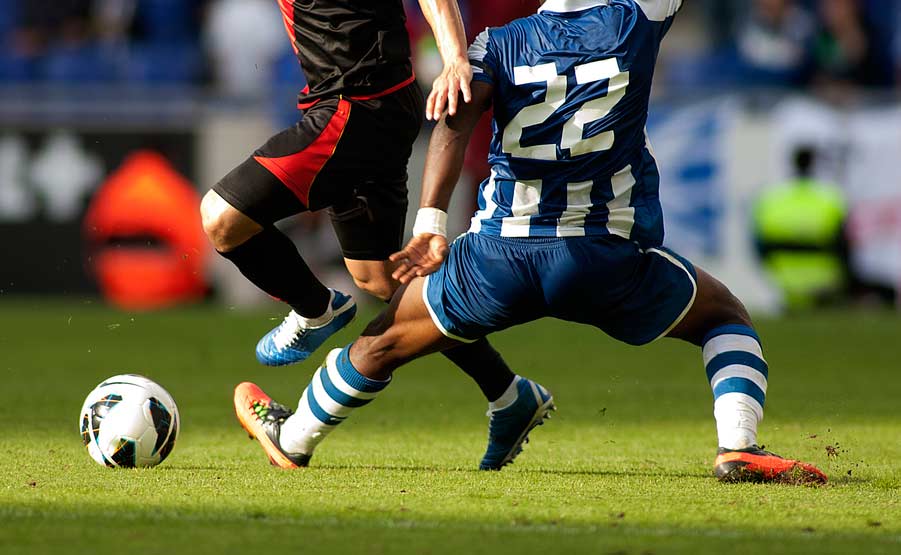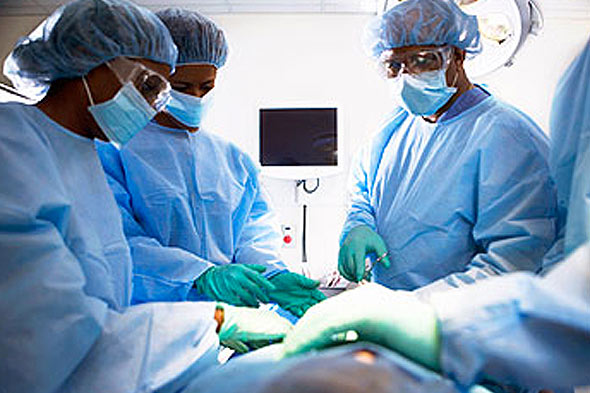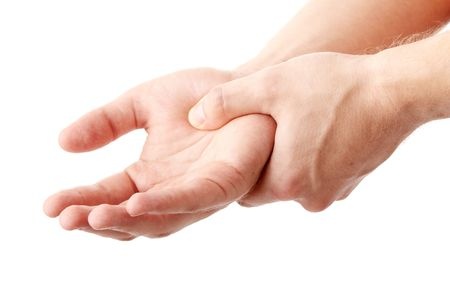Are you
familiar with Nicolas Andry? Arthroscopy? Or Prosthesis? Perhaps most of you
aren’t. Those are some of the basic terms in orthopedics, and if you’re going
to finish this article, you’ll be able to obtain a bountiful of knowledge about
this particular field of medicine.
Let’s begin
with Nicolas Andry. He played a major role in the early history of orthopedics.
He was the first one to introduce the word ‘orthopedia’ in 1741, in his book
Orthopaedia, or the art of preventing and correcting deformities in children.
The terminology Nicolas used were derived from two Greek words; orthos, meaning
straight and pais, meaning child.
Great
developments were seen in this specific branch of medicine and after a long
period of time, orthopedics is not only about children.
Orthopedics focuses on the
diseases and injuries of the bones or muscles. If a bone is broken, it would
develop new growth in order to correct the fracture and fill in any areas from
which bone is removed, since bone is a living and functioning part of the body.
For that
reason, a bone that’s deformed from birth can be operated, cut, braced, or
treated to generate a normal form. If a broken bone is held in alignment, it
will heal without any physical deformity.
History
Even in the
prehistoric ages, humans have had to deal with broken or deformed bones. It’s
evident in the ancient Egyptian hieroglyphics that people wrapped and braced a
limb in order to heal normally.
Wars are
common during those times and it happened on a much larger scale. The soldiers
also used more competent weapons. This result in fractures and other bone
injuries to become more prevalent.
Interestingly,
advances in orthopedics made a great uproar in the field of medicine as
surgeons shortly invented simple prosthesis to replace limbs that were
amputated because of a grave wound.
Orthopedists
in the earlier times were very committed in their field. It’s no doubt that
their legacy remained into our modern orthopedists. Birth defects such as
scoliosis and clubfoot have also been the main concern of the former
orthopedists. But it doesn’t stop there, those physicians also included within
their specialty the dislocations, fractures, and trauma to the spine and
skeleton. Orthopedics had been a physical specialty for several years.
After
manipulating bones and joints to restore alignment, orthopedists including Dr.
Howard Marans will apply casts or braces to maintain its structure while
waiting for it to heal. While the fracture heals on its own, the patient is
advised to be more comfortable as possible to avoid further injuries. However,
in some cases, the healing process was incomplete and affect the patient with a
lifetime handicap that can make walking or bending difficult.
Modern developments
In order for
the bone fragments to heal better, a special nail was invented in the 1930s to
hold them. On the other hand, the head of a femur that is a part of the hip
joint and that wouldn’t often heal after being fractured can be replaced with a
metal device that was developed a couple of years after the nail, then a total
artificial hip joint was invented after that. Revisions and improvements are still
being made by the orthopedists to allow an individual to maximize the use and
flexibility of the leg.
Orthopedists
utilize physical methods to align fractures and repair damaged joint. Braces
and casts are still being used to hold injured bones in place while they heal.
To ensure that the bones are aligned properly and that there’ll be a better
healing process, orthopedic specialists now use x-rays.
Crushed
bones that have a little chance of healing on their own could be treated by Dr.
Howard Marans through transplanting bits of bone from other locations in
the body to fill fractured areas. He and other orthopedists use drills,
screwdrivers, screws, staples, nails, chisels, and other tools to operate the
bone and connect pieces with one another.
Most of the
bone deformities these days could be corrected. Deformed facial bones can be
replaced or reshaped. Bone transplants from one person to another is a usual
thing. Grave diseases like cancer may bring terrible results to patients, such
as losing a limb, but Howard
Marans MD can provide a normal-appearing prosthesis for them to have a
near-normal life. He can teach them on how to use it, and it’s also fitted so
it’s convenient to use.
The patients
that have lost limbs due to traumatic injuries, vascular diseases, diabetes,
cancer or congenital disorders could get prosthetics through orthopedic
surgeons. Prosthetics refers to the design, fabrication, and fitting of
custom-built artificial limbs or other assistive devices.
These
devices could restore the function and appearance of a full or partial missing
limb as completely as possible. He also added that the creation of prosthesis
is a very complicated and custom procedure that requires a high degree of skill
coupled with advanced technology due to the huge differences in human anatomy.
Arthritis,
carpal tunnel syndrome, epicondylitis, and osteoporosis are among the list of
degenerative diseases that orthopedists were trained to treat. Treatment
options include diet changes, exercise, steroid injections, as well as surgical
procedures and hormone replacement therapy.
Arthroscopy
and joint replacement are some of the recent technological advances that helped
a lot of orthopedic patients around the globe. Several orthopedic surgical
procedures don’t need an open incision to completely expose the joint. Flexible
arthroscopes can now be inserted through a small incision in the skin and then
into a joint, and after that, it can be manipulated through the joint to locate
and determine the nature of the injury. Arthroscopy can be used to look into
many joints of the body, such as knees, ankles, shoulders, elbows, and wrists.
Dr. Howard
Marans and his affiliates are committed to treating all patients in a
professional and timely manner. They surely are a promising team because they
can provide prompt care utilizing established orthopedic treatments and
innovative surgical and arthroscopic procedures.
That’s it!
This sum up most of the facts about orthopedics. Hoped this article helped you
in understanding this particular field of medicine.





